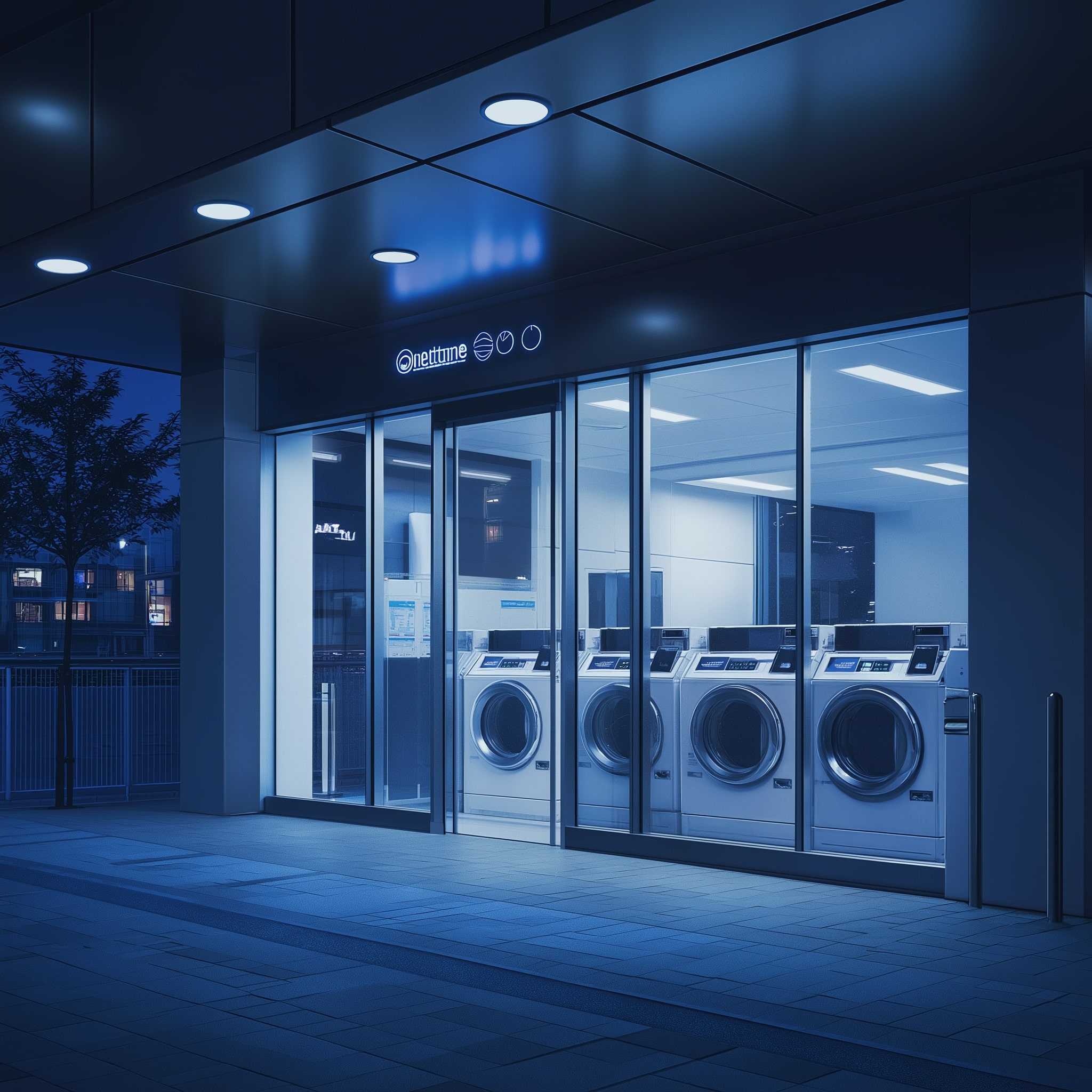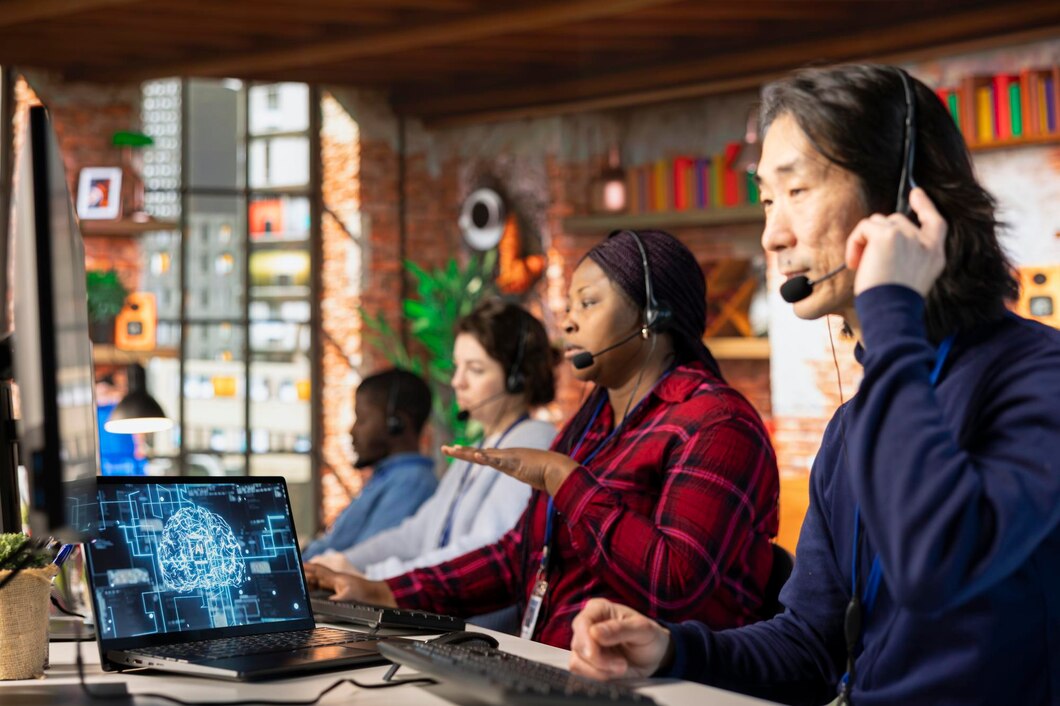Running a successful laundromat involves more than just ensuring that the machines run smoothly and customers are satisfied with the services. One of the critical aspects that can often be overlooked is laundromat security. Given that laundromats are often open 24/7 and handle large volumes of cash, they can become prime targets for theft, vandalism, and other security risks. Protecting both your business and your customers is essential to ensuring the long-term success and safety of your laundromat.
In this article, we’ll discuss the key threats faced by laundromat owners, and the most effective strategies and technologies you can implement to safeguard your business and provide a safe environment for your customers.
1. Understanding the Security Risks at Laundromats
Laundromats face a unique set of security challenges, making them particularly vulnerable to certain crimes. Some of the most common security risks include:
a. Theft and Robbery
Laundromats can accumulate a significant amount of cash through coin-operated machines, which makes them attractive targets for thieves. Even if the laundromat has transitioned to digital or contactless payment systems, thieves may still target vending machines or steal personal belongings from customers.
b. Vandalism
Unattended laundromats can be susceptible to vandalism, where machines are damaged or property is defaced. This not only incurs repair costs but also deters potential customers from visiting your business.
c. Customer Safety Concerns
With laundromats often open late or operating 24 hours a day, customers may feel vulnerable, especially during off-peak hours. A lack of surveillance and inadequate lighting can increase the risk of criminal activities, such as harassment or violence.
d. Cybersecurity Threats
For laundromats that have moved to contactless payment systems or digital platforms, cybersecurity is an emerging concern. Data breaches can expose customer payment information, putting your business at risk of legal action and reputational damage.
2. Implementing Physical Security Measures
One of the first steps to protecting your laundromat is by bolstering physical security. Here are several effective measures:
a. Surveillance Cameras
Installing a robust system of security cameras is essential for monitoring your laundromat at all times. Modern surveillance cameras come with high-definition video, night vision capabilities, and motion detection, which can deter criminal behavior and provide valuable footage in the event of an incident. Some key features to look for include:
- Remote access: The ability to monitor cameras remotely through a mobile app or computer is crucial for keeping tabs on your business, even when you’re not on-site.
- Cloud storage: Opt for cameras that offer cloud storage options so footage can be stored securely off-site and easily accessed if needed.
According to Security.org, surveillance cameras reduce crime rates by as much as 50% in some areas, making them a critical component of any laundromat’s security plan.
b. Security Lighting
Proper lighting is one of the most effective and inexpensive ways to enhance laundromat security. Well-lit laundromats not only discourage criminal activity but also make customers feel safer, especially at night. Install bright LED lights both inside and outside your laundromat to illuminate key areas like the entrance, parking lot, and around machines. Motion sensor lights are also a great option for saving energy while maintaining security.
c. Secure Entry and Exit Points
Securing the doors and windows of your laundromat is another vital measure. Install sturdy locks and consider using reinforced doors with deadbolts or electronic access systems to prevent unauthorized entry. You might also install security gates for extra protection during off-hours.
For added security, consider implementing a keycard entry system for your laundromat, especially if it operates 24/7. This can limit access to authorized customers and create a record of who enters the premises at any given time.
d. Cash Management Systems
If your laundromat still uses coin-operated machines, installing a cash management system can help secure the collected cash. Drop safes, which allow employees to deposit coins or cash without being able to retrieve them, are a good option. Additionally, scheduling regular cash pickups and keeping minimal amounts of cash on-site can significantly reduce the risk of theft.
Alternatively, consider transitioning to cashless payment systems like FasCard or PayRange. These systems not only improve security by reducing the amount of cash on-site but also streamline operations by allowing customers to pay using credit cards or mobile apps.
3. Enhancing Customer Security
Your customers’ safety should be a top priority. By taking the right steps, you can create a secure and welcoming environment that encourages customer loyalty and enhances your business’s reputation.
a. On-Site Staff or Security Personnel
Having a staff member or security personnel on-site during peak hours can deter criminal behavior and provide assistance if needed. Even part-time staff presence can enhance customer security and allow you to respond more quickly to any incidents.
For larger or high-traffic laundromats, hiring a dedicated security guard or contracting with a security service may be a wise investment. This is particularly important in areas where crime rates are higher.
b. Panic Buttons
Installing panic buttons or emergency call stations can provide peace of mind for customers, allowing them to request immediate assistance in case of an emergency. These systems are typically connected to a security service or law enforcement, ensuring a fast response.
c. Proper Signage
Placing visible signage that alerts customers and potential criminals to the presence of security cameras, alarm systems, and staff monitoring can act as a deterrent. Additionally, include signage that outlines emergency procedures and highlights safety features, such as the location of the panic buttons.
d. Establishing Safety Protocols
It’s important to have clear safety protocols in place for both customers and employees. Make sure that everyone knows how to respond in case of an emergency or suspicious behavior. Regularly training your staff and reviewing security protocols will ensure that everyone is prepared to act quickly and appropriately.
4. Cybersecurity Measures for Laundromats
As more laundromats adopt digital payment systems and integrate technology into their business models, cybersecurity becomes an increasingly important issue.
a. Securing Payment Data
To protect customer payment information, you must ensure that your payment systems comply with Payment Card Industry Data Security Standards (PCI DSS). These standards include encrypting sensitive data, regularly updating software, and using secure connections. For example, payment systems such as LaundryCard or Cents offer secure, PCI-compliant platforms that protect customer data while streamlining the payment process.
b. Installing a Firewall and Antivirus Software
A firewall helps protect your laundromat’s network from unauthorized access, while antivirus software protects against malware or hacking attempts. Regularly updating both is crucial to prevent new cyber threats.
c. Password Protection and Two-Factor Authentication
All digital accounts linked to your laundromat’s operations, such as Wi-Fi, payment systems, and surveillance cameras, should be secured with strong passwords and, whenever possible, two-factor authentication (2FA). This extra layer of security helps prevent unauthorized access, even if a password is compromised.
d. Staff Training on Cybersecurity
Employees should be trained to identify phishing emails, suspicious activity, and follow safe online practices. Ensuring that your team understands the importance of cybersecurity is key to preventing breaches.
5. Insurance and Legal Considerations
Even with the best security measures in place, there are always risks that cannot be fully mitigated. Having appropriate business insurance is critical to protect against potential financial losses due to theft, vandalism, or lawsuits.
a. Property and Theft Insurance
Ensure that your laundromat has comprehensive property insurance to cover damages from theft, vandalism, or natural disasters. Many insurers offer specialized policies for laundromats that include coverage for damage to machines and loss of income. For more information, check out Bizfluent’s guide to laundromat insurance.
b. Liability Insurance
General liability insurance protects your business in the event that a customer is injured on your property. In laundromats, slips and falls are a common risk, so having this coverage is essential to safeguard against costly lawsuits.
c. Legal Compliance
Ensure your laundromat is compliant with local security regulations, including fire safety, alarm systems, and ADA (Americans with Disabilities Act) requirements. Not only does this protect you from legal repercussions, but it also helps provide a safer environment for customers.
6. Conclusion: Building a Secure Laundromat for Success
Security should be a top priority for any laundromat owner, especially in today’s fast-evolving business landscape. Implementing the right combination of physical, digital, and customer-oriented security measures can not only protect your investment but also enhance the overall customer experience.
By addressing security concerns proactively and investing in modern solutions like surveillance cameras, contactless payment systems, and cybersecurity tools, you’ll build a reputation as a safe, reliable, and efficient laundromat. This will ultimately lead to greater customer loyalty and long-term success for your business.


















